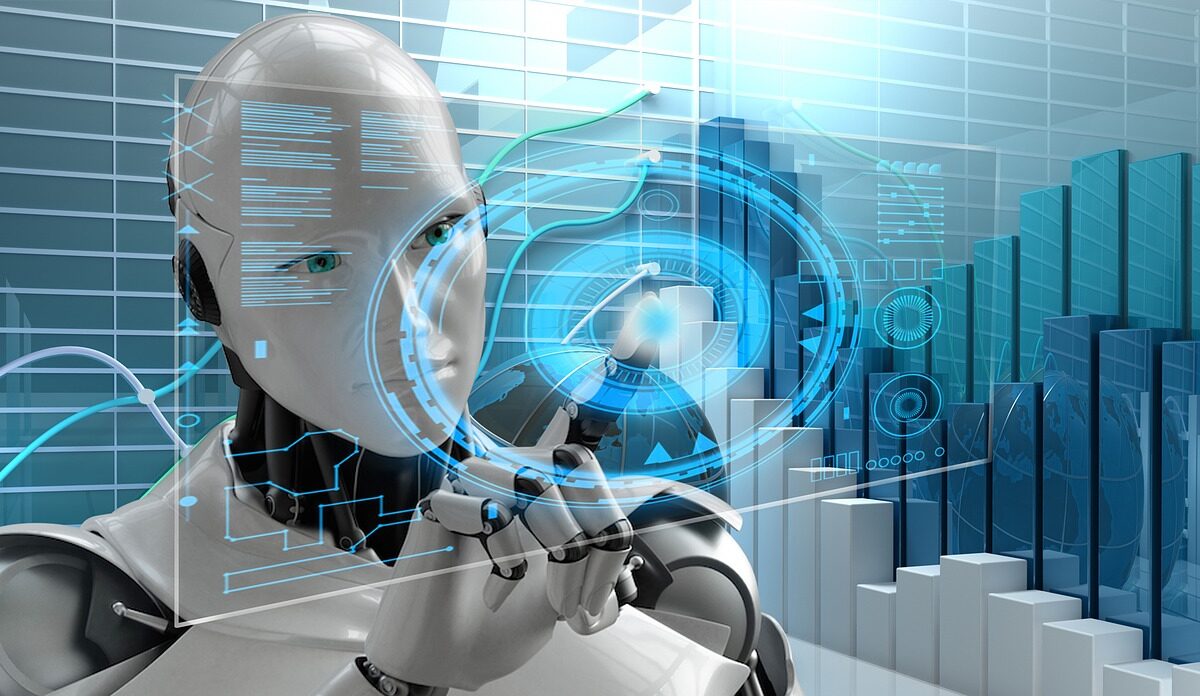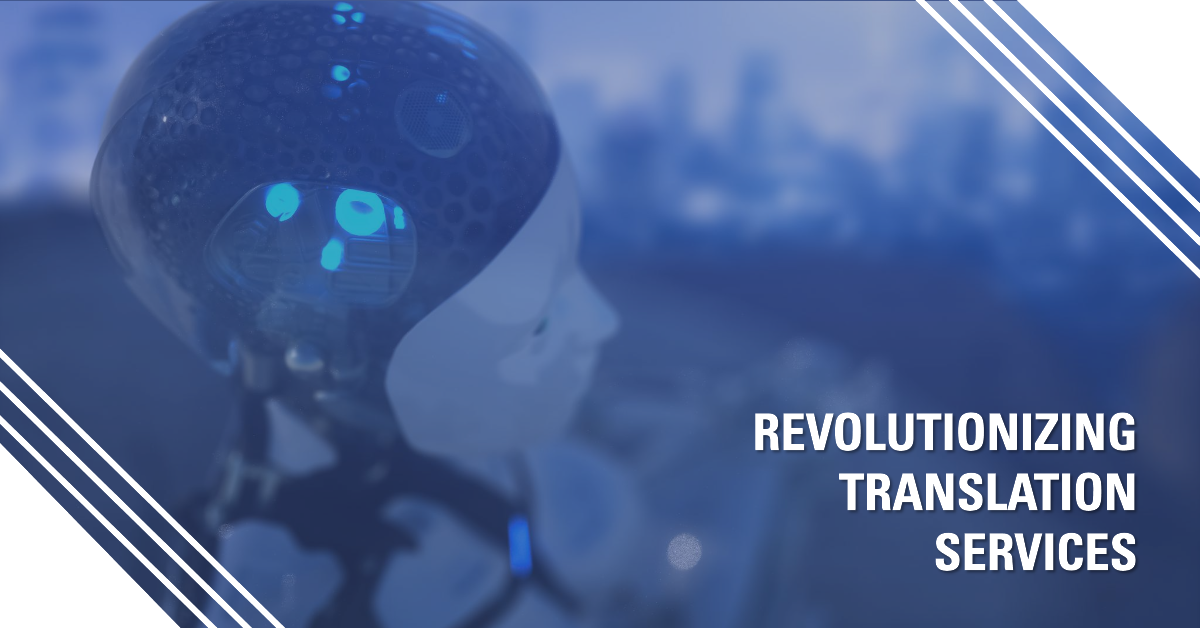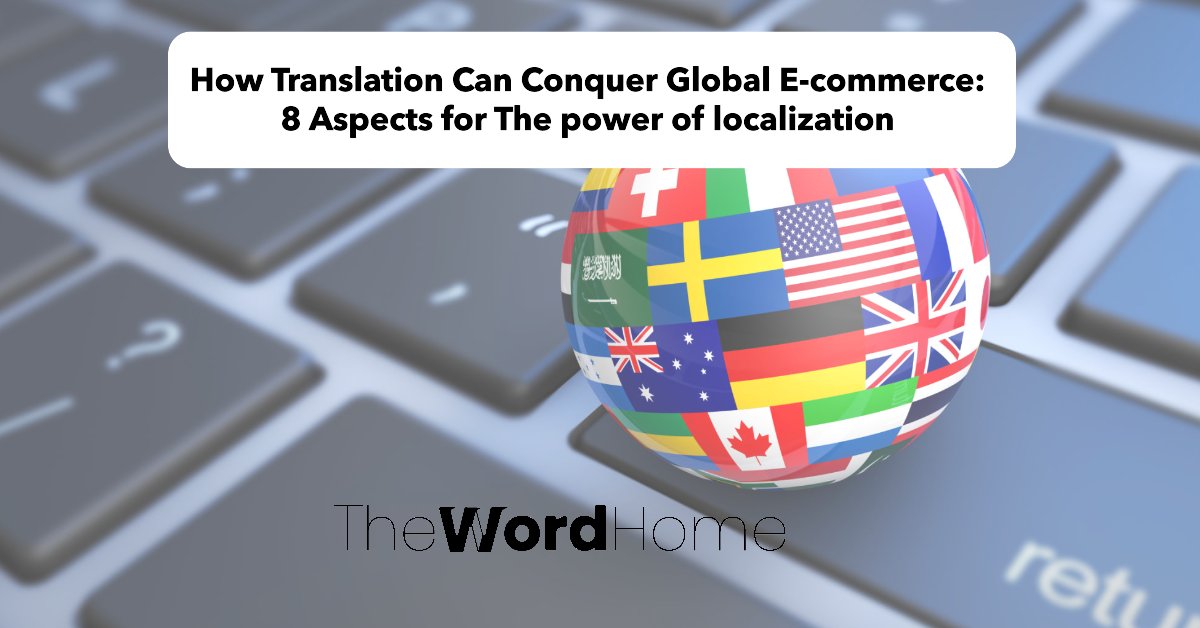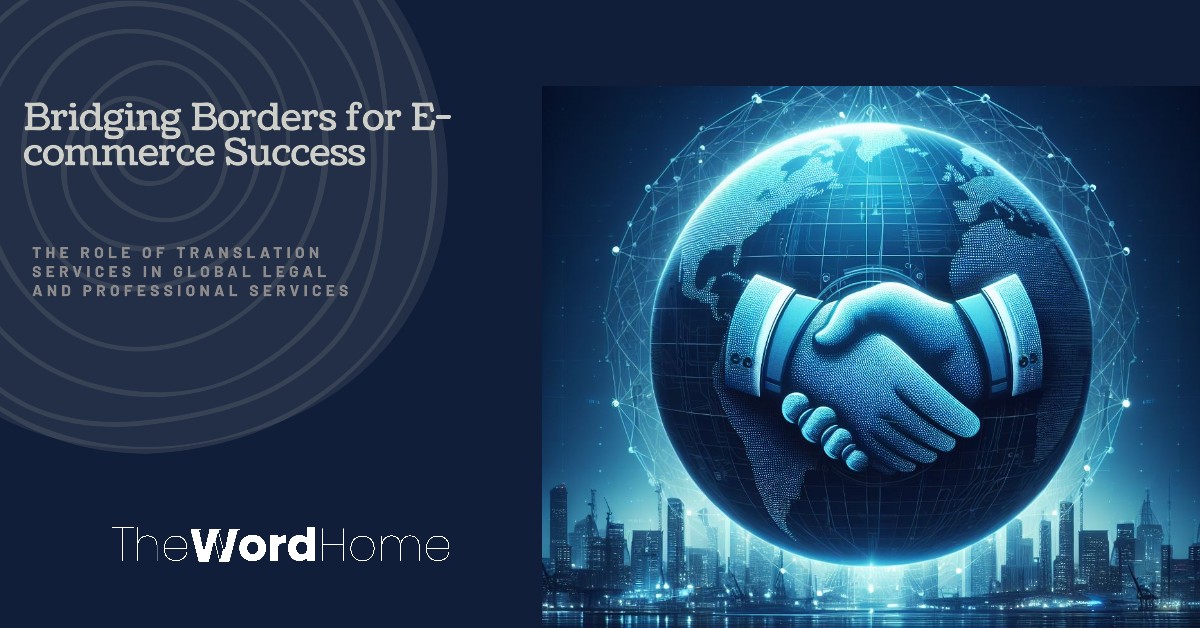Table of Contents
Machine Learning and Its Impact
Advantages of AI and Machine Learning
Introduction
Translation services have always been a cornerstone of global communication, bridging the gap between different languages and cultures. As the world becomes more interconnected, the need for accurate and efficient translation grows. Enter AI and Machine Learning—technologies that are revolutionizing the translation industry. But what does the future hold for these advancements? Let’s dive into the transformative impact of AI and machine learning on translation services.
History of Translation Services
Before the digital age, translation was a labor-intensive process. Human translators would painstakingly convert texts from one language to another, often relying on dictionaries and reference materials. Over time, tools like bilingual dictionaries, translation software, and online resources have emerged, simplifying the process but still requiring significant human input.
The Role of AI in Translation
AI in translation isn’t just about automating the process; it’s about enhancing accuracy and efficiency. With AI, translation tools can learn from vast amounts of data, continually improving their ability to understand and translate languages. This is a game-changer in a field where precision is paramount.
Machine Learning and Its Impact
Machine learning, a subset of AI, plays a crucial role in translation services. By training algorithms on large datasets of multilingual texts, machine learning models can identify patterns and nuances in languages. This allows them to generate translations that are more accurate and contextually appropriate than traditional methods.
Advantages of AI and Machine Learning in Translation

Speed and Efficiency
One of the most significant benefits of AI and machine learning in translation is the speed at which they can process information. What once took hours or days can now be accomplished in minutes, enabling businesses to operate more efficiently on a global scale.
Accuracy and Consistency
AI-powered translation tools can maintain a high level of consistency, reducing the risk of errors that human translators might miss. This is particularly important for technical documents, legal texts, and other materials where precision is crucial.
Cost-effectiveness
By automating much of the translation process, AI reduces the need for extensive human labor, leading to cost savings for businesses. This makes high-quality translation services more accessible to smaller companies and organizations.
Challenges Faced by AI in Translation
Cultural Nuances
Despite their advanced capabilities, AI translation tools often struggle with cultural nuances and idiomatic expressions. These subtleties require a deep understanding of the cultural context, which can be challenging for machines to grasp fully.
Contextual Understanding
Context is king in translation. AI tools sometimes miss the mark when it comes to understanding the broader context of a text, leading to translations that are technically correct but contextually off.
Ethical Considerations
The use of AI in translation also raises ethical questions, particularly around data privacy and the potential for bias in training data. Ensuring that AI systems are transparent and fair is an ongoing challenge.
AI Translation Tools and Platforms
Several AI-powered translation tools and platforms have emerged as leaders in the field. These include Google Translate, DeepL, and Microsoft Translator, each offering unique features and capabilities. From real-time translation to text-to-speech functionalities, these tools are making global communication more accessible than ever before.
Case Studies: Success Stories
Many companies have successfully integrated AI translation into their operations. For instance, e-commerce giants like Amazon and Alibaba use AI to translate product descriptions and customer reviews, enhancing their global reach and improving customer experience.
Human Translators vs. AI Translators
While AI translators offer numerous benefits, they aren’t without limitations. Human translators excel in understanding context, cultural nuances, and complex texts that AI might struggle with. However, AI can handle large volumes of straightforward translations quickly and accurately. The future likely holds a collaborative approach, where human translators and AI tools work together to achieve the best results.
Real-time Translation and Communication
Real-time translation technology is one of the most exciting advancements in this field. Tools like Google Translate’s conversation mode and Microsoft’s Skype Translator enable seamless communication between people who speak different languages, breaking down language barriers in real time.
AI in Translating Lesser-Known Languages
Preserving linguistic diversity is crucial, and AI can play a significant role here. Initiatives like Google’s Noto project aim to support lesser-known languages by developing AI models trained on these languages, ensuring they aren’t left behind in the digital age.
The Future of Translation Services
Looking ahead, the future of translation services is bright. We can expect even more advanced AI models capable of understanding context and cultural nuances better. Emerging trends like neural machine translation and multilingual AI models will continue to push the boundaries of what’s possible.
How Businesses Can Adapt
To stay competitive, businesses need to embrace AI translation technologies. This means investing in the right tools, training staff to use them effectively, and continually evaluating and improving their translation processes.
Ethical and Privacy Considerations
As with any technology, ethical and privacy considerations are paramount. Businesses must ensure they use AI translation tools responsibly, protecting user data and addressing any biases in the AI models.
Conclusion
The landscape of translation services is evolving rapidly, thanks to AI and machine learning. These technologies offer unparalleled speed, accuracy, and cost-effectiveness, making global communication more accessible than ever. However, they also present challenges that need to be addressed, particularly around cultural nuances and ethical considerations. By embracing these technologies responsibly, we can look forward to a future where language barriers are a thing of the past.
FAQs
How accurate are AI translation services?
AI translation services have improved significantly and can provide highly accurate translations, especially for common language pairs. However, they might still struggle with complex texts and cultural nuances.
Will AI replace human translators completely?
It’s unlikely that AI will replace human translators entirely. While AI excels in speed and handling straightforward translations, human translators are crucial for understanding context and cultural subtleties.
What are the best AI translation tools available?
Some of the leading AI translation tools include Google Translate, DeepL, and Microsoft Translator. Each offers unique features suited to different needs.
How does AI handle context in translation?
AI uses advanced algorithms and large datasets to understand context, but it isn’t perfect. It can struggle with idiomatic expressions and culturally specific references that require a deeper understanding.
What are the limitations of AI in translation?
AI translation tools can struggle with cultural nuances, contextual understanding, and ethical issues like bias and data privacy. They are also less effective with lesser-known languages that have limited training data.


